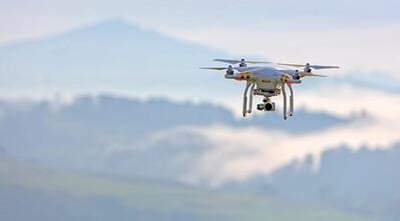 Helicopters versus drones for civil emergencies
Helicopters versus drones for civil emergencies
The limited funding available to the Red Cross, RNLI and other civil emergencies often mean less efficiency and safety for the team, unless a logical, viable alternative is found. Helicopters are often deemed too expensive for many rescues and searches.
The logical efficiency is to use live-streaming from drones. Here you increase surveillance and indeed increase the periphery of vision in the sky with instantaneous broadcasting of footage to the control centre. This drone activity could cover many roles in outdoor events from monitoring large environmental disasters such as flood control, through to finding or identifying pirates or refugee vessels.
It costs £3,162 per hour to fly a SeaKing helicopter. As drones costs become negligible for many budgets, a Soliton ZAO encrypted live HD broadcasting unit could start to see a Return on Investment within one sortie.
It may be possible to increase the safety of the RNLI helicopters, by launching drones to approach vessels, which would normally be unwise for a helicopter pilot. These situations could include gunfire from pirates, fire or explosives, unsafe oil rigs and infrastructure.
Integrating drones within IT eco-system
Accurately knowing where the drone is flying, can be combined with superimposing the inbuilt GPS over a digital map. This allows broadcasting of images with location for further integration into your IT eco-systems. This could for example integrate with location of staff and resources. It could also pinpoint the location of pirate ships, or refugee boats and then integrates the rescue of vessels with the highest risk factors for sinking.
Thermal imagery
Thermal imagery can also be used by civil rescue operations such as the mountain rescue. It can improve the search for missing people by night through the use of thermal imagery captured live from a drone.




